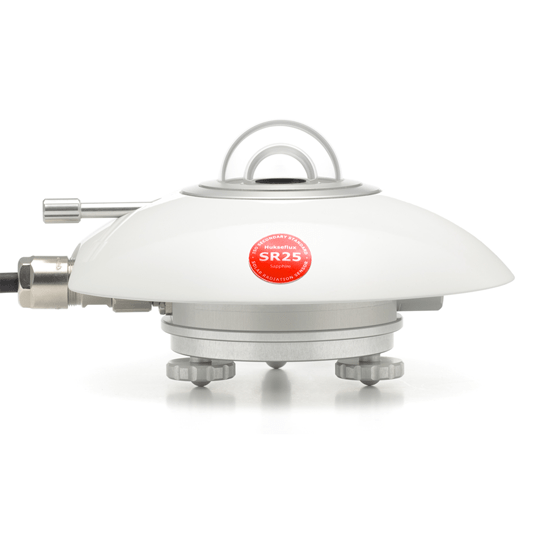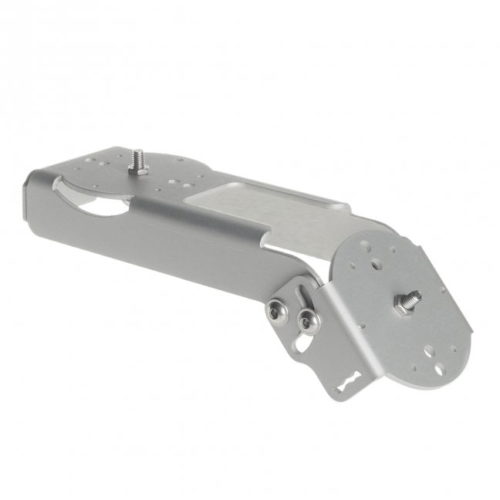Description
 Heated for high data availability, featuring RVH™ technology
Heated for high data availability, featuring RVH™ technology
High data availability is attained by heating of the outer dome using ventilation between the inner and outer dome. RVH™- Recirculating Ventilation and Heating – technology, developed by Hukseflux, suppresses dew and frost deposition and is as effective as traditional ventilation systems, without the maintenance hassle and large footprint.
The dome of SR30 pyranometer is heated by ventilating the area between the inner and outer dome. RVH™ is much more efficient than traditional ventilation, where most of the heat is carried away with the ventilation air. Recirculating ventilation is as effective in suppressing dew and frost deposition at less than 3 W as traditional ventilation is at 10 W. RVH™ technology also leads to a reduction of zero offsets
 Compliant with IEC 61724-1:2017 Class A and B
Compliant with IEC 61724-1:2017 Class A and B
IEC 61724-1: Photovoltaic System Performance Monitoring – Guidelines for Measurement, Data Exchange and Analysis – requires ventilation and heating for Class A monitoring. Only SR30 offers both, without the need for additional accessories. Most competing pyranometers do not even comply with Class B, which requires heating.
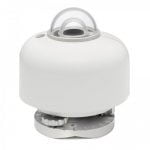 Remote sensor diagnostics
Remote sensor diagnostics
In addition to solar irradiance, SR30 outputs sensor diagnostics such as:
- tilt angle
- Internal ventilator speed (RPM)
- Internal humidity
- Heater current
Remote diagnostics permits real-time status monitoring, reducing the need for (un)scheduled field inspections.
Tilt angle measurement included
 SR30 includes a tilt sensor. This is very practical for remote checks of instrument condition or to monitor PV systems with solar trackers. The sensor measures with high accuracy, within 1 ˚, and is tested and temperature compensated between -30 and + 50 ˚C. SR30-M2-D1 offers improved electronics over its predecessor SR30-D1
SR30 includes a tilt sensor. This is very practical for remote checks of instrument condition or to monitor PV systems with solar trackers. The sensor measures with high accuracy, within 1 ˚, and is tested and temperature compensated between -30 and + 50 ˚C. SR30-M2-D1 offers improved electronics over its predecessor SR30-D1
Spectrally flat as required for meteorology and PV monitoring
 The new ISO 9060:2018 version defines pyranometer classes A, B and C. The standard also adds a new subclass, called “spectrally flat”. The vast majority of users needs to use instruments of the spectrally flat subclass; only spectrally flat instruments measure with high accuracy, also when a cloud obscures the sun, or when the irradiance includes reflected radiation. These situations occur for example when you measure Global Horizontal irradiance (GHI) under partly or fully cloudy skies, when you measure Plane of Array (POA), albedo or net-radiation. Normal instruments, just of class A, B or C, and not spectrally flat, only measure accurately under clear sunny skies.
The new ISO 9060:2018 version defines pyranometer classes A, B and C. The standard also adds a new subclass, called “spectrally flat”. The vast majority of users needs to use instruments of the spectrally flat subclass; only spectrally flat instruments measure with high accuracy, also when a cloud obscures the sun, or when the irradiance includes reflected radiation. These situations occur for example when you measure Global Horizontal irradiance (GHI) under partly or fully cloudy skies, when you measure Plane of Array (POA), albedo or net-radiation. Normal instruments, just of class A, B or C, and not spectrally flat, only measure accurately under clear sunny skies.
New Sensor Manager software
 SR30-M2-D1 is delivered with new Hukseflux Sensor Manager software, version v2021. It provides a user interface for communication between a PC and digital Hukseflux pyranometers and pyrheliometers with a Modbus interface. The software allows the user to locate, configure and test one or more sensors and to perform simple measurements using a PC. The Sensor Manager software is supplied with the SR30-M2-D1 on a USB flash drive. It can also be downloaded: https://www.hukseflux.com/downloads. The new v2021 version of the Sensor Manager replaces previous versions such as v1817 and v1920 beta. Always use the latest version of the software. Need support in using the v2021 software? Please consult the separate Sensor Manager user manual.
SR30-M2-D1 is delivered with new Hukseflux Sensor Manager software, version v2021. It provides a user interface for communication between a PC and digital Hukseflux pyranometers and pyrheliometers with a Modbus interface. The software allows the user to locate, configure and test one or more sensors and to perform simple measurements using a PC. The Sensor Manager software is supplied with the SR30-M2-D1 on a USB flash drive. It can also be downloaded: https://www.hukseflux.com/downloads. The new v2021 version of the Sensor Manager replaces previous versions such as v1817 and v1920 beta. Always use the latest version of the software. Need support in using the v2021 software? Please consult the separate Sensor Manager user manual.

Suggested Use
- PV system performance monitoring
- Scientific meteorological observations
Areas of Application
- Meteorology / surface energy flux measurement
- Solar energy / PV system performance monitoring
Accessories
- AMF03
- SHR02
- PMF01
- PMF02
- Sensor Manager
- CMF01

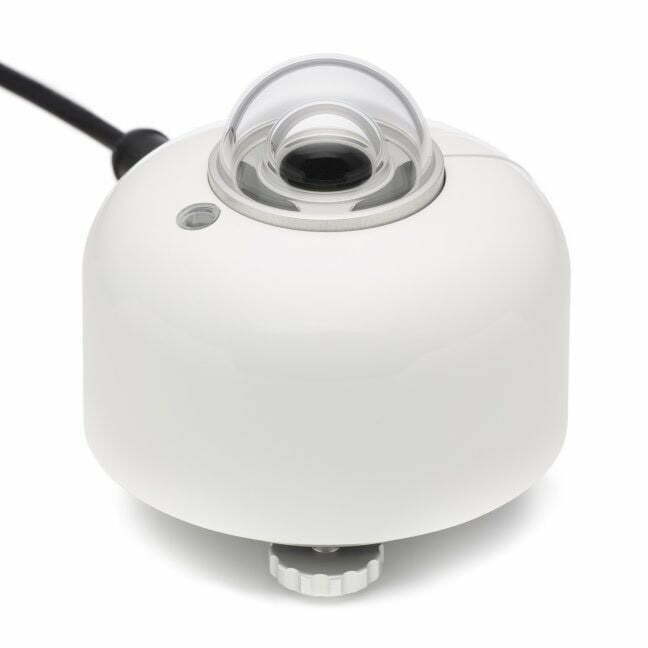

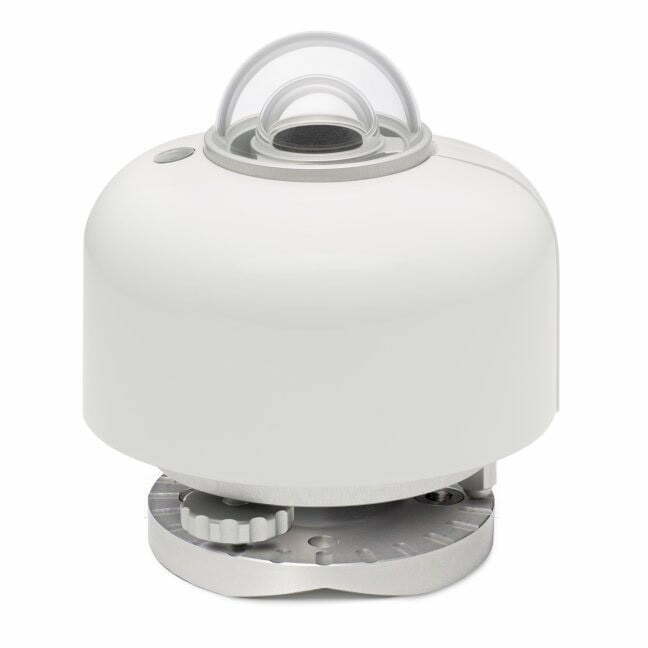




 SR30 includes a tilt sensor. This is very practical for remote checks of instrument condition or to monitor PV systems with solar trackers. The sensor measures with high accuracy, within 1 ˚, and is tested and temperature compensated between -30 and + 50 ˚C. SR30-M2-D1 offers improved electronics over its predecessor SR30-D1
SR30 includes a tilt sensor. This is very practical for remote checks of instrument condition or to monitor PV systems with solar trackers. The sensor measures with high accuracy, within 1 ˚, and is tested and temperature compensated between -30 and + 50 ˚C. SR30-M2-D1 offers improved electronics over its predecessor SR30-D1 The new ISO 9060:2018 version defines pyranometer classes A, B and C. The standard also adds a new subclass, called “spectrally flat”. The vast majority of users needs to use instruments of the spectrally flat subclass; only spectrally flat instruments measure with high accuracy, also when a cloud obscures the sun, or when the irradiance includes reflected radiation. These situations occur for example when you measure Global Horizontal irradiance (GHI) under partly or fully cloudy skies, when you measure Plane of Array (POA), albedo or net-radiation. Normal instruments, just of class A, B or C, and not spectrally flat, only measure accurately under clear sunny skies.
The new ISO 9060:2018 version defines pyranometer classes A, B and C. The standard also adds a new subclass, called “spectrally flat”. The vast majority of users needs to use instruments of the spectrally flat subclass; only spectrally flat instruments measure with high accuracy, also when a cloud obscures the sun, or when the irradiance includes reflected radiation. These situations occur for example when you measure Global Horizontal irradiance (GHI) under partly or fully cloudy skies, when you measure Plane of Array (POA), albedo or net-radiation. Normal instruments, just of class A, B or C, and not spectrally flat, only measure accurately under clear sunny skies. SR30-M2-D1 is delivered with new Hukseflux Sensor Manager software, version v2021. It provides a user interface for communication between a PC and digital Hukseflux pyranometers and pyrheliometers with a Modbus interface. The software allows the user to locate, configure and test one or more sensors and to perform simple measurements using a PC. The Sensor Manager software is supplied with the SR30-M2-D1 on a USB flash drive. It can also be downloaded: https://www.hukseflux.com/downloads. The new v2021 version of the Sensor Manager replaces previous versions such as v1817 and v1920 beta. Always use the latest version of the software. Need support in using the v2021 software? Please consult the separate Sensor Manager user manual.
SR30-M2-D1 is delivered with new Hukseflux Sensor Manager software, version v2021. It provides a user interface for communication between a PC and digital Hukseflux pyranometers and pyrheliometers with a Modbus interface. The software allows the user to locate, configure and test one or more sensors and to perform simple measurements using a PC. The Sensor Manager software is supplied with the SR30-M2-D1 on a USB flash drive. It can also be downloaded: https://www.hukseflux.com/downloads. The new v2021 version of the Sensor Manager replaces previous versions such as v1817 and v1920 beta. Always use the latest version of the software. Need support in using the v2021 software? Please consult the separate Sensor Manager user manual.
